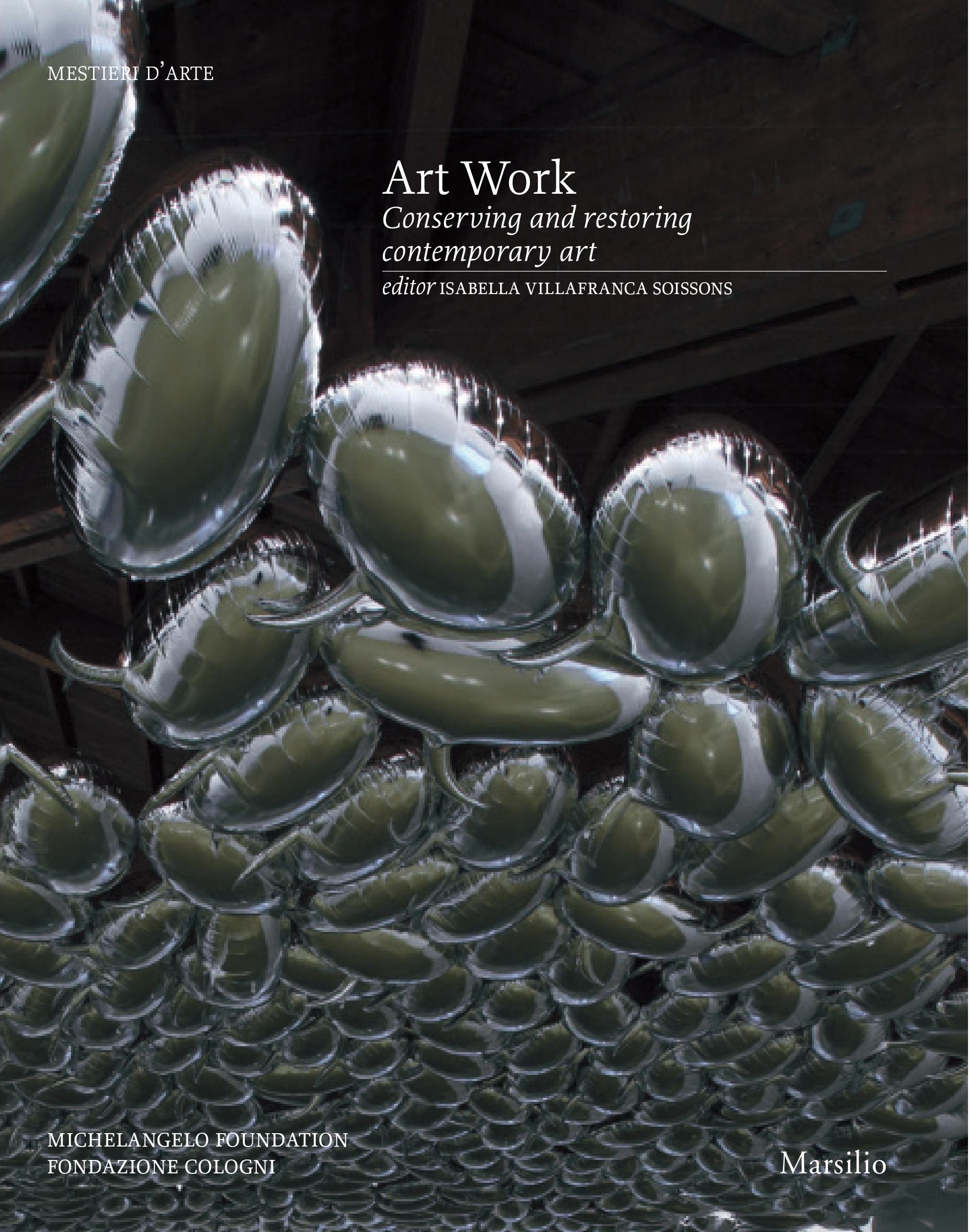“Speaking of restoration in the context of contemporary works does seem like an oxymoron, a callida iunctura as Horace would say.” With these words, Isabella Villafranca Soissons, Director of the Department of Conservation and Restoration at Open Care – Servizi per l’arte, introduces the fascinating theme of this book, which she curated. For the conservator, the fundamental difference between traditional and contemporary art lies in the wide range of techniques used. For centuries, materials and methods, codified in countless manuals, did not change. Starting in the 20th century, artists began to use an infinite variety of unconventional materials, which they combined – sometimes boldly – by drawing on a vast range of expressive languages and with an often provocative and controversial intent in the face of tradition. When the first works of art made from unconventional materials and held in public collections began to degrade, when the monochromes began to lose their freshness, and when mechanical and sound installations began to falter, it became necessary to address the question of renovation and its attendant challenges. Materials used in contemporary art wear down, rust, mould, discolour, spoil, get infested, go out or dry up. Particularly delicate, problematic or experimental restoration projects on contemporary works of art demand a major effort of creativity and a wide range of knowledge. The authoritative essays collected in this volume attempt to address the many relevant topics, along with the motivations and aims that contemporary art conservators must take into account in their work. Through interviews and testimonials, a number of prominent artists, curators and collectors shed light on a wide array of challenges facing the contemporary art world, from curatorship to relationships with artists and legal considerations. But most importantly, the reader gains a full and richly illustrated understanding of the final frontier in the field of conservation: the modern version of an ancient profession – that of the art restorer, who, more than ever before, brings together art and science and combines that expertise with technical mastery and extraordinary manual dexterity.
